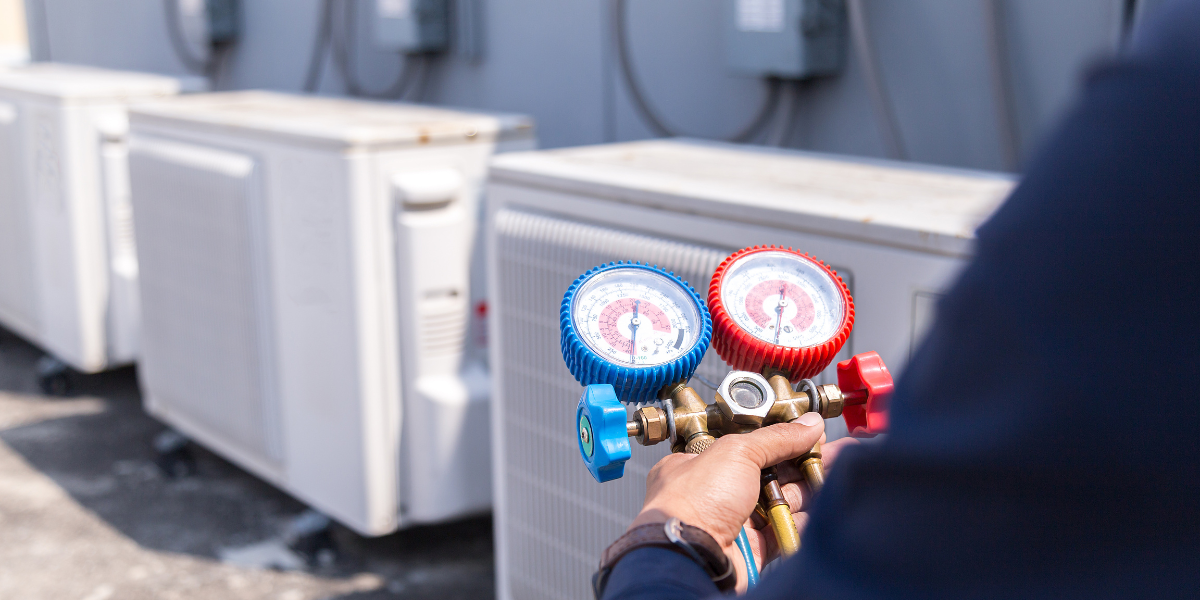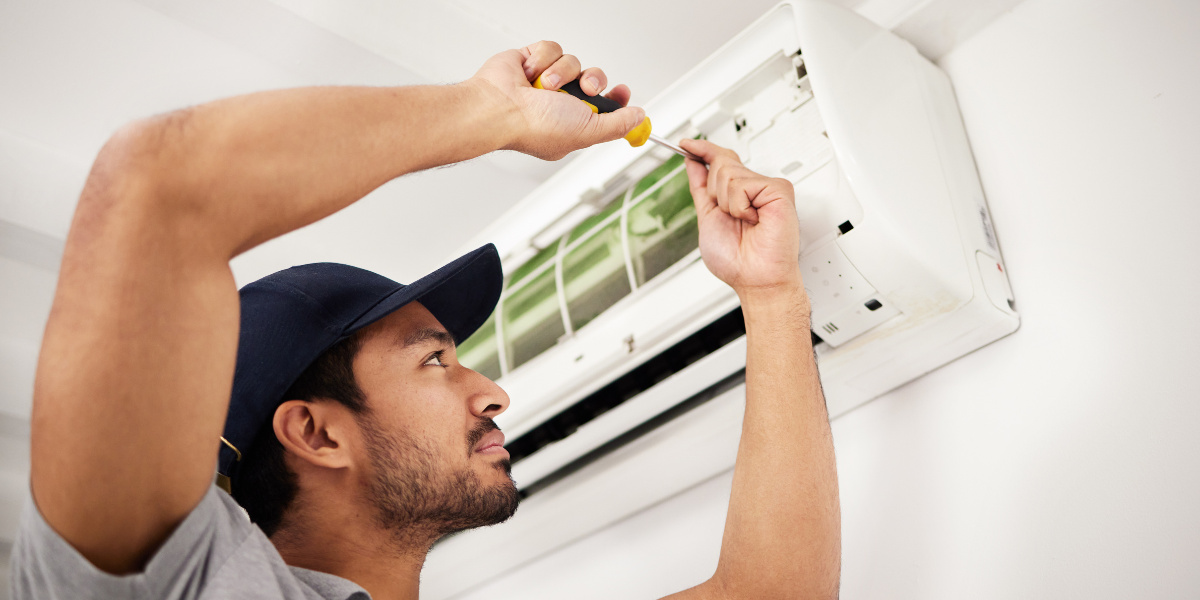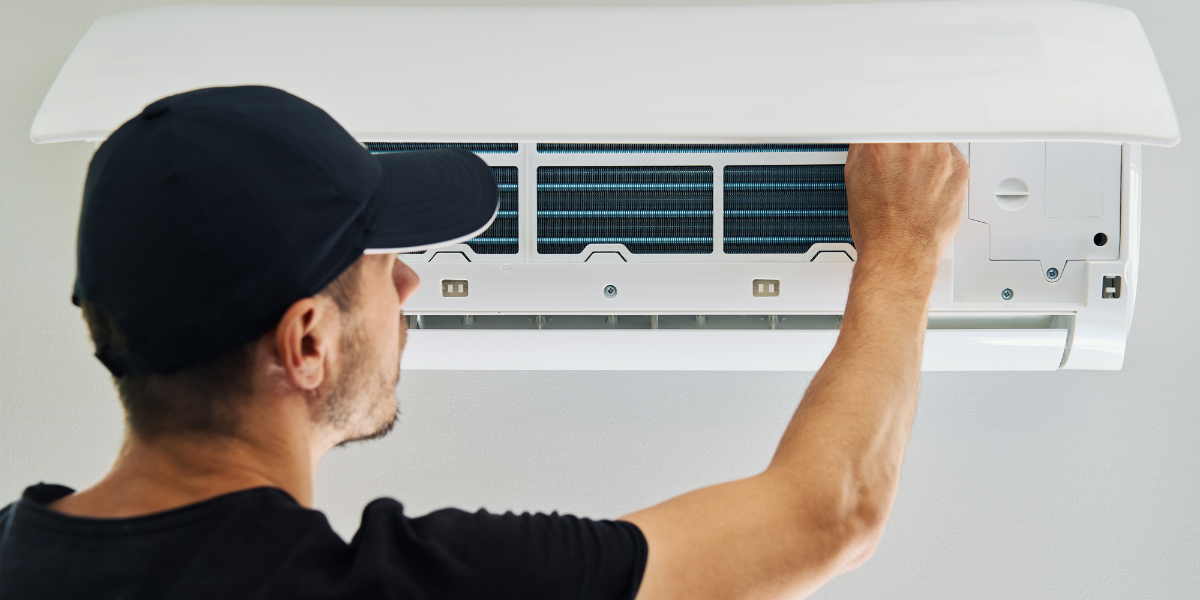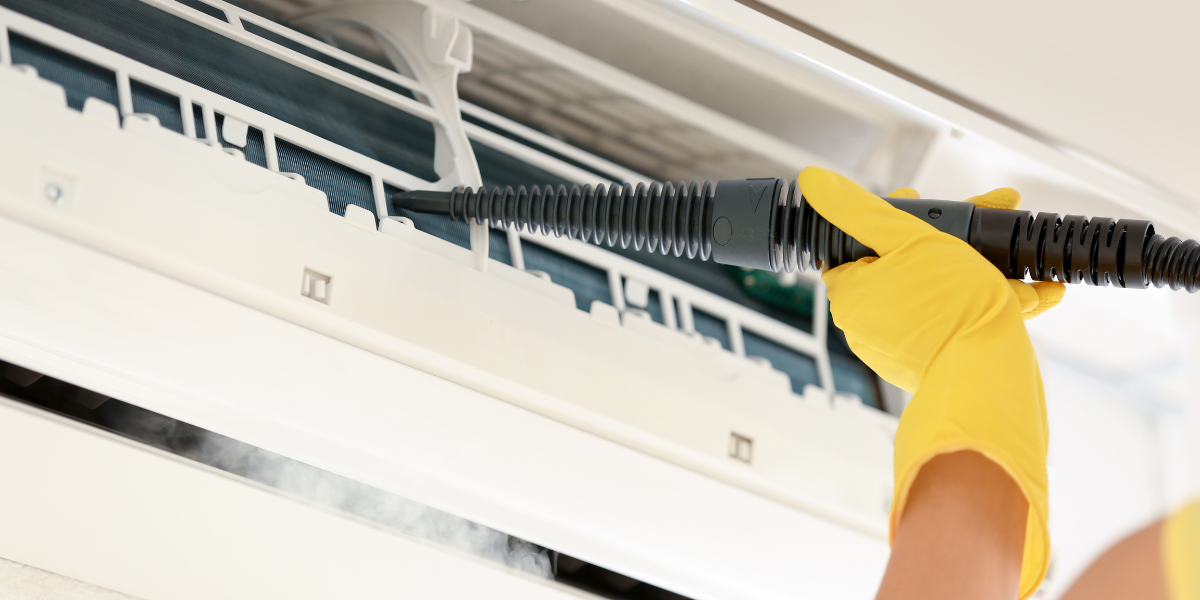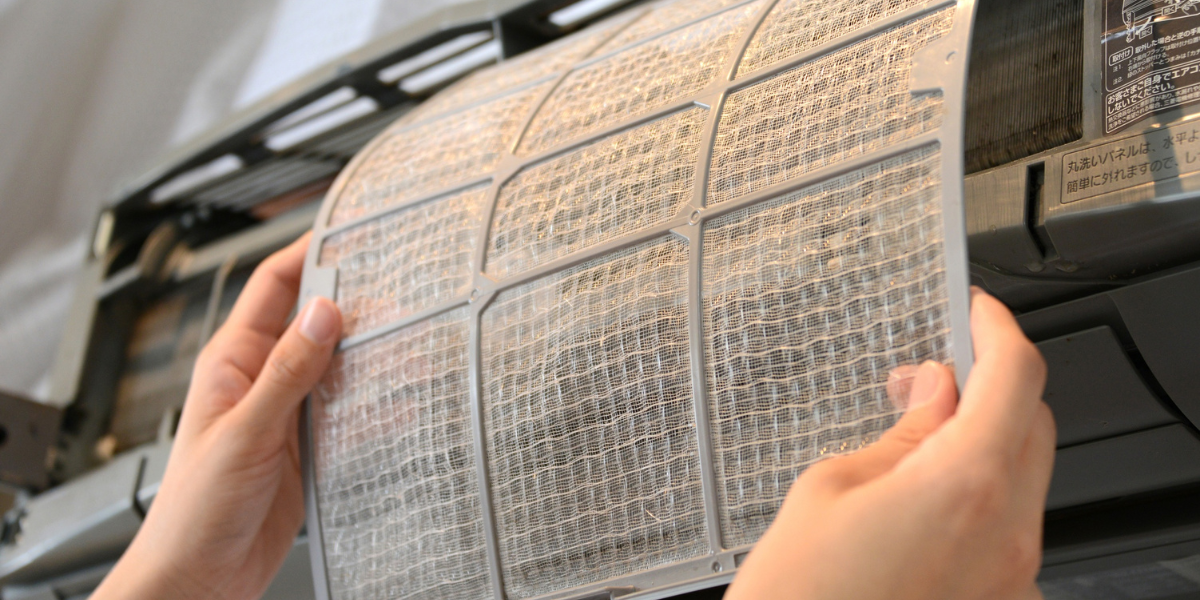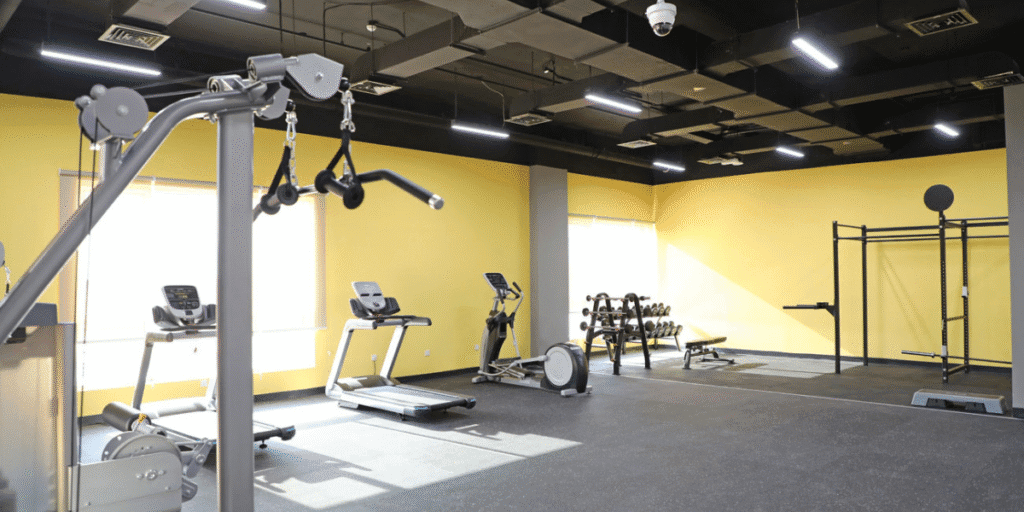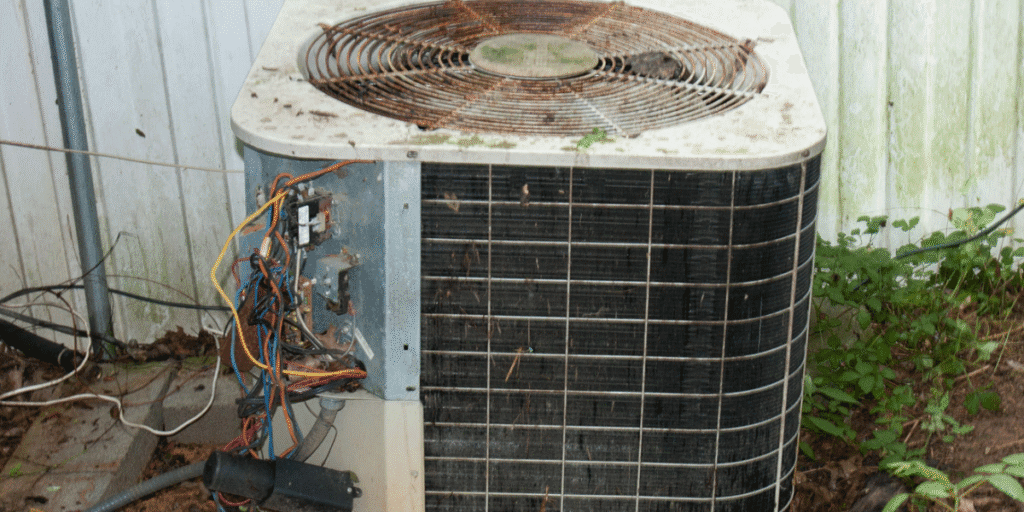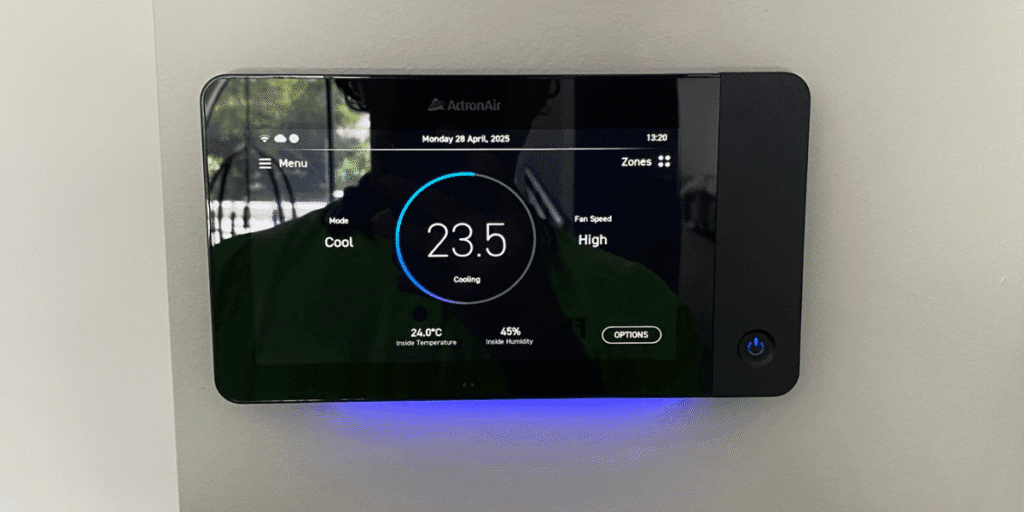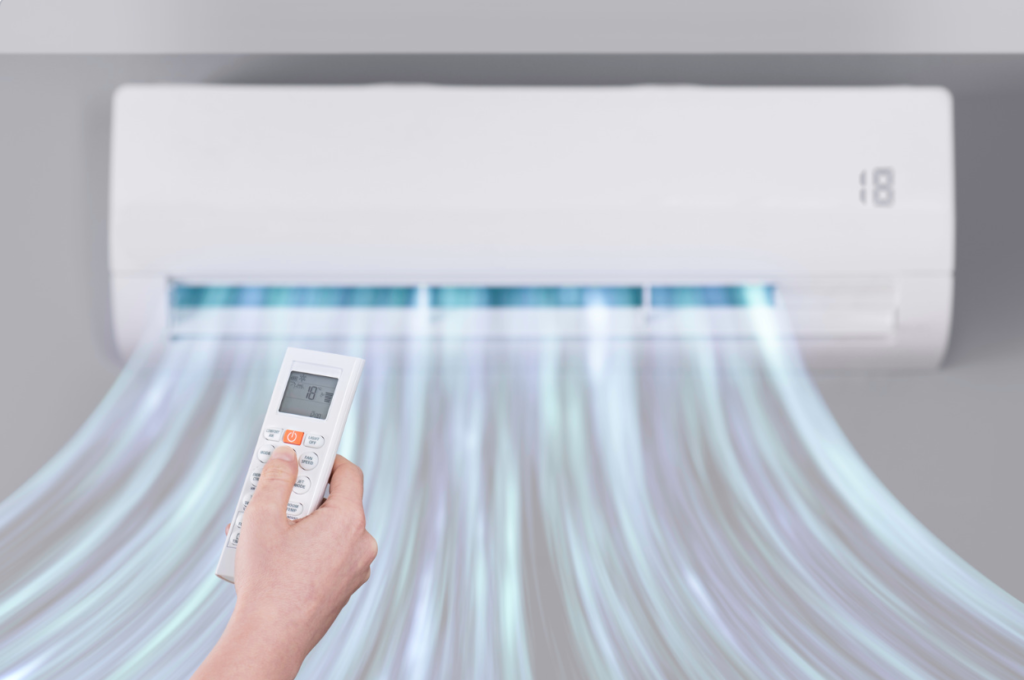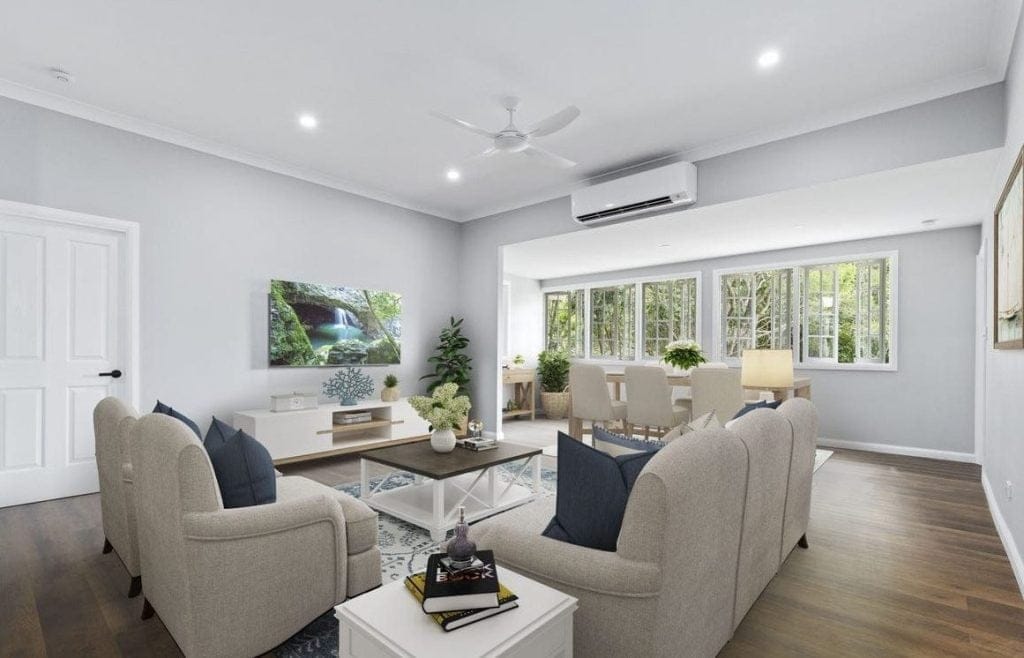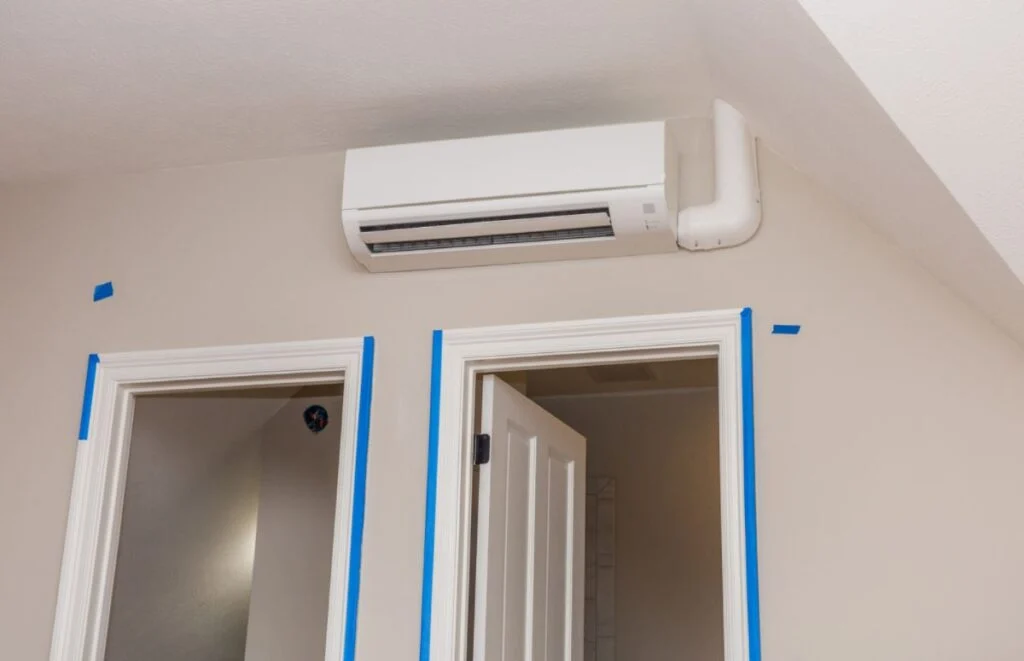Air conditioning plays a vital role in keeping classrooms safe and comfortable across Queensland. The Department of Education provides strict air conditioning regulations through both its Managing Air Quality guidelines and the Schools Standard Air Conditioning Specification. While these rules apply to all public schools in Queensland, they are especially relevant for the Gold Coast, where hot summers and high humidity make reliable systems essential. For schools, teachers, and parents, understanding these requirements ensures compliance and protects student wellbeing.
Table of contents
1. Managing air quality in schools
Queensland’s subtropical climate makes natural ventilation a key part of regulations:
- Open windows and doors when safe to do so.
- Partially open multiple windows instead of one wide open to balance airflow.
- Relocate classes or activities outdoors when possible.
⚠️ Windows or doors should remain closed if they cause risks, such as asthma triggers or safety hazards.
2. Air conditioning maintenance and operation
The QED Standard Air Conditioning Specification requires schools to:
- Service systems regularly, with filters checked, cleaned, or replaced.
- Configure settings to draw in fresh outside air rather than recirculate indoor air.
- Ensure compliance with AS/NZS 1668 (ventilation), AS/NZS 3666 (air-handling systems), and the Building Code of Australia.
Partnering with professional air conditioning Gold Coast contractors helps schools stay compliant.
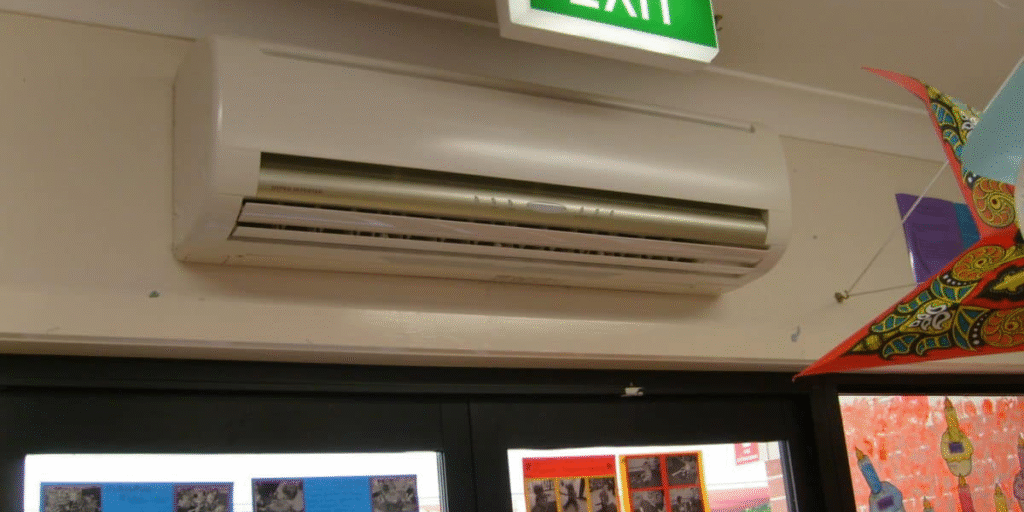
3. Using fresh air fans alongside AC
To enhance ventilation, many schools also install fresh air fans. Regulations specify that:
- Fans should operate with or without AC systems to promote cross-flow.
- Filters must be cleaned and replaced regularly.
- Broken fans must be repaired promptly.
These requirements echo QED’s broader standard that all mechanical systems must remain safe and fully functional.
4. Monitoring indoor carbon dioxide (CO₂) levels
Indoor CO₂ levels rise as student numbers increase. To ensure safe air quality, schools are advised to:
- Install CO₂ monitors at 0.5–2 metres above the floor.
- Avoid placing monitors near windows, vents, or exhaled air streams.
- Collect readings during normal school hours (6–8 hours daily).
This aligns with QED’s emphasis on data-driven compliance to maintain safe standards.
5. Additional QED technical requirements
Beyond daily operation, the QED specification also mandates:
- Design certification: All designs and drawings signed off by a Registered Professional Engineer of Queensland (RPEQ).
- Installation standards: Contractors must provide as-installed documentation and conduct commissioning tests before handover.
- Operation & Maintenance manuals: Schools must be supplied with guides and training.
- Asbestos management: Older schools must comply with asbestos regulations, ensuring no exposure risks.
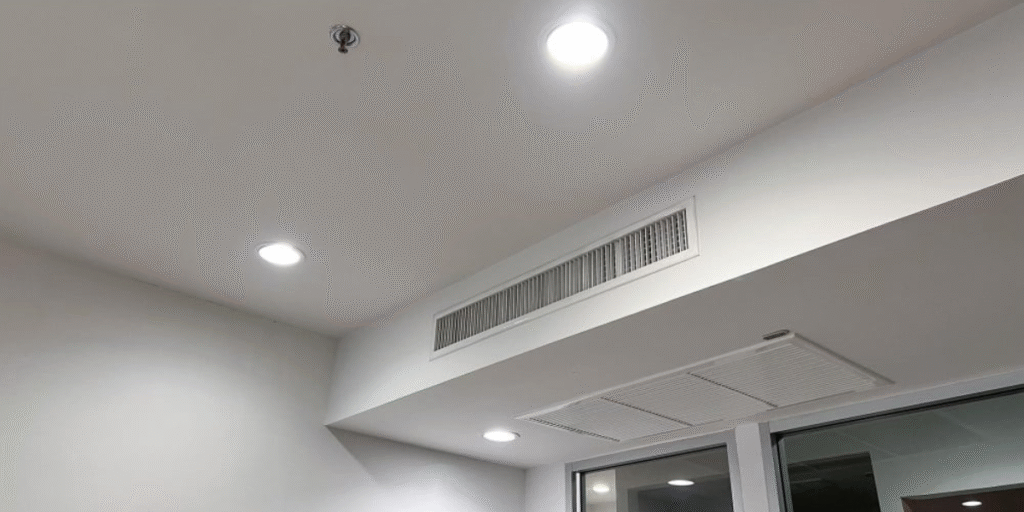
Conclusion
The official air conditioning regulations for Queensland public schools combine natural ventilation strategies, CO₂ monitoring, and engineering standards to safeguard healthy classrooms. For the Gold Coast, these rules are more than just guidelines, they are essential to managing extreme heat and coastal humidity.
By following both Education Queensland’s air quality advice and the technical specifications set by QED, schools can ensure safe, efficient learning environments. Partnering with a trusted air conditioning Gold Coast contractor makes it easier to stay compliant and keep classrooms ready for every season.

